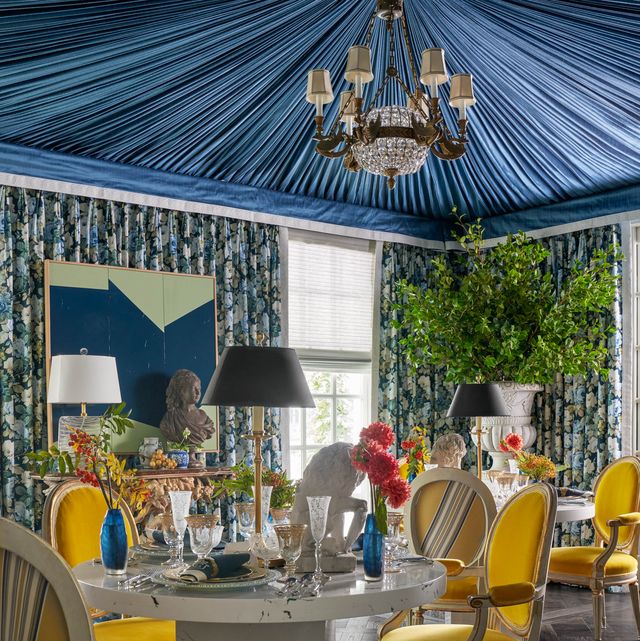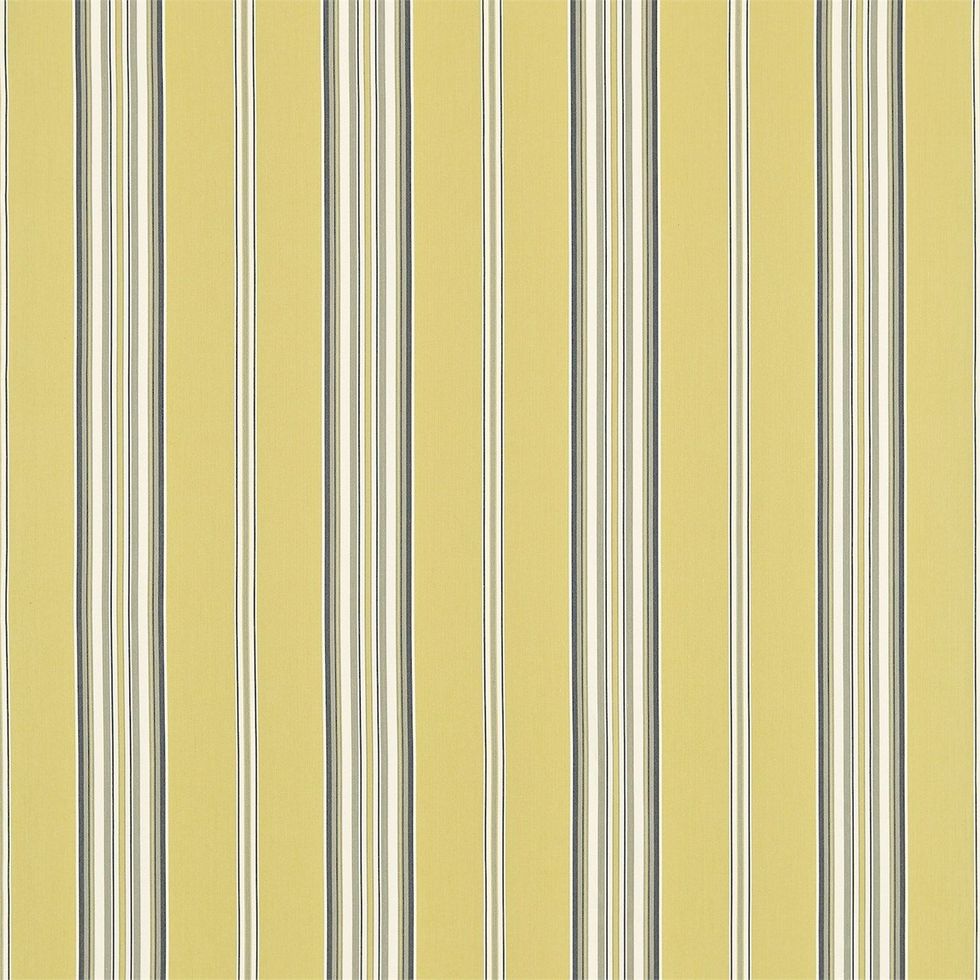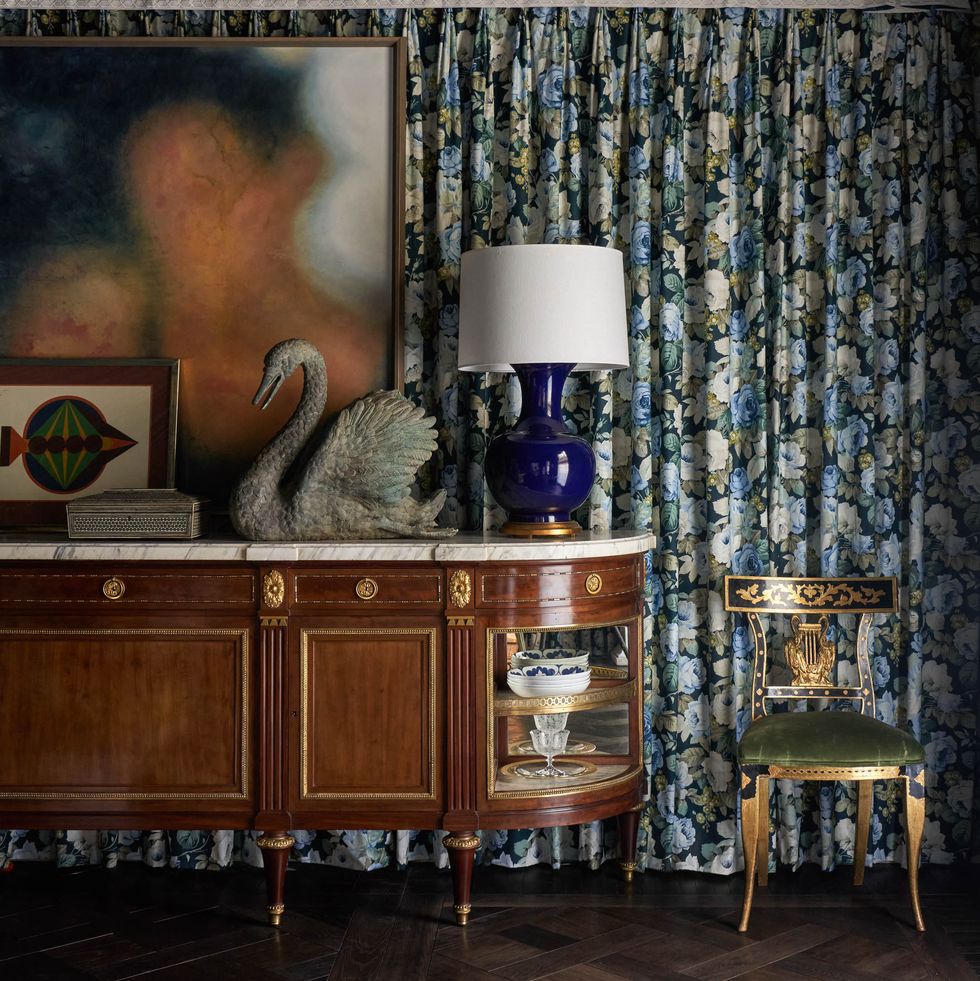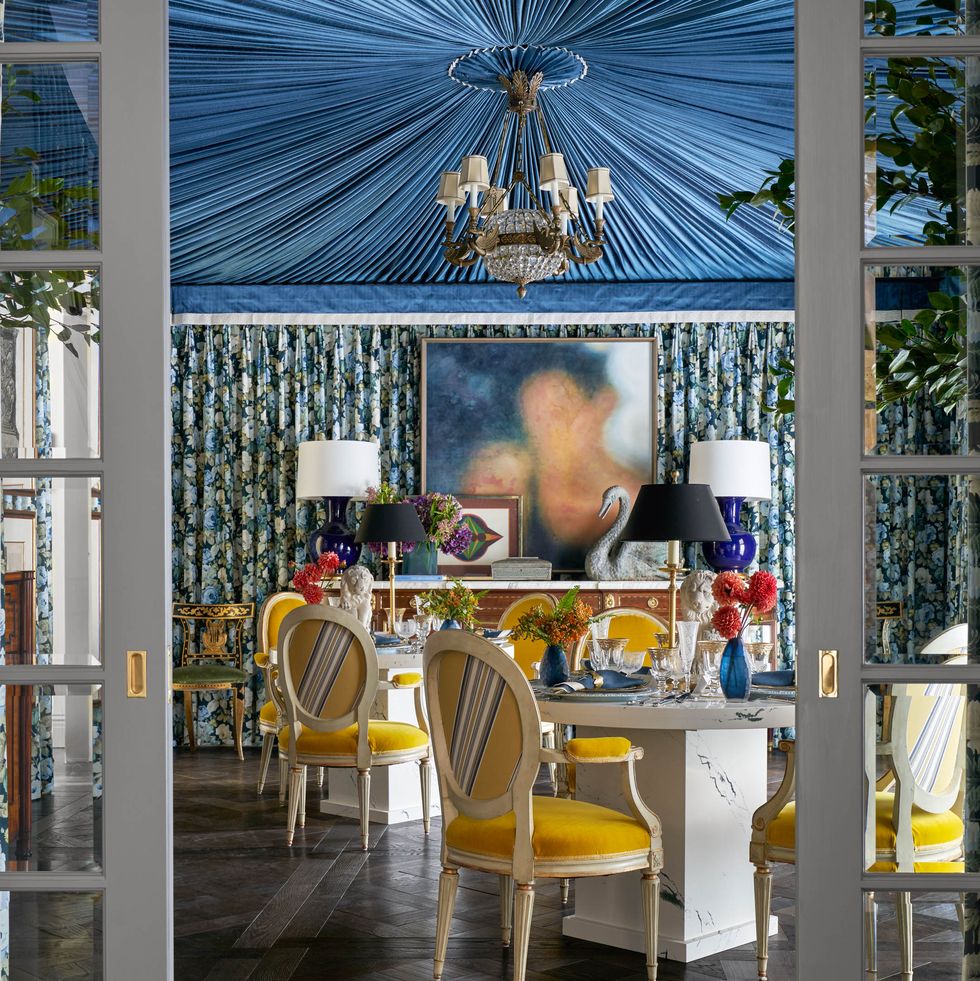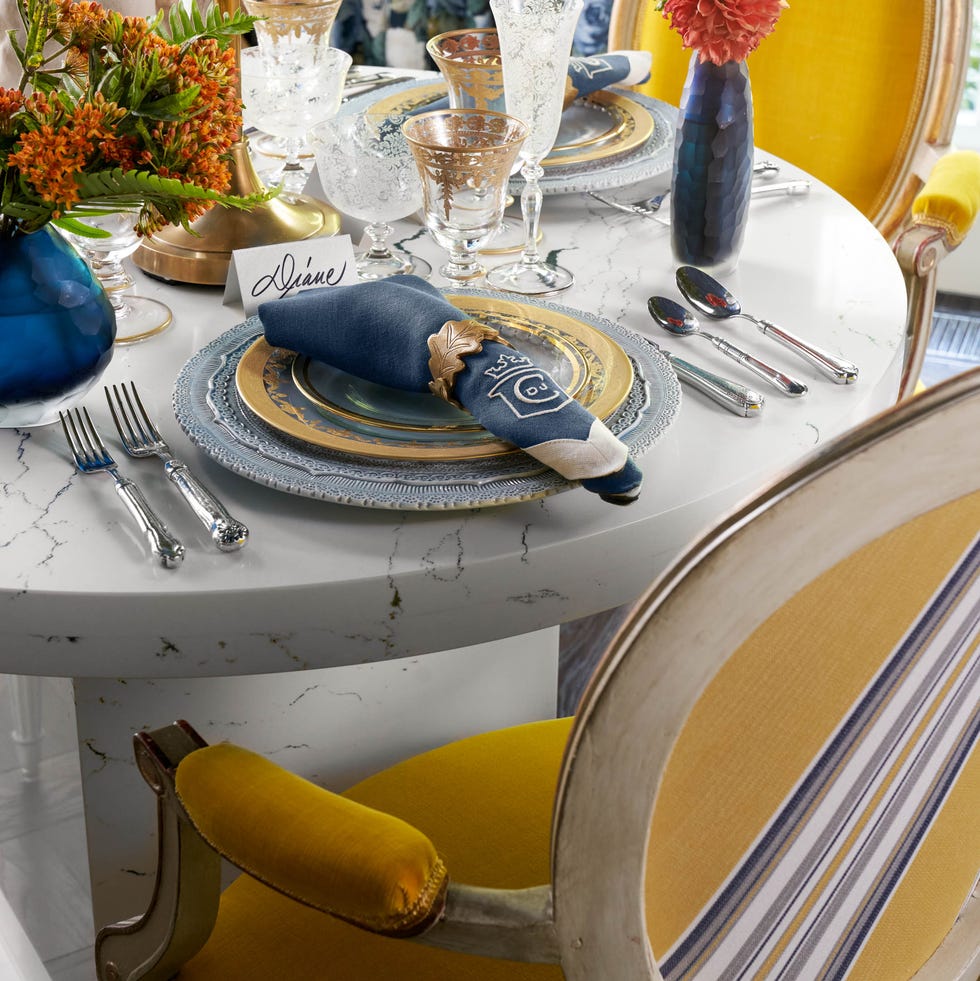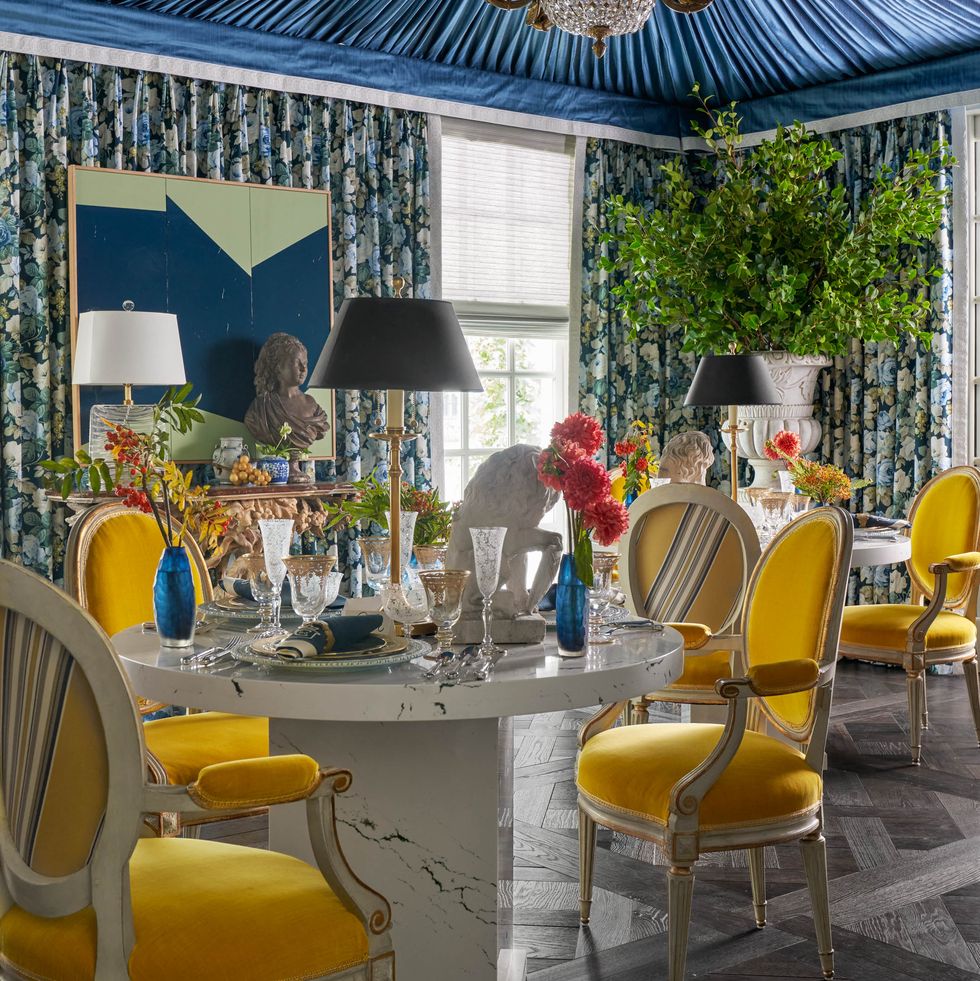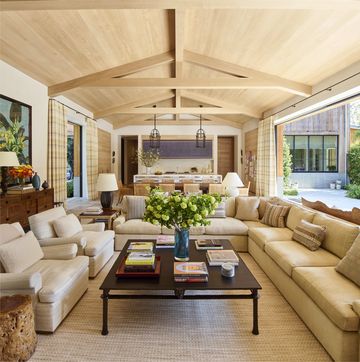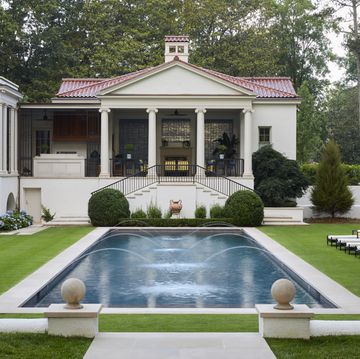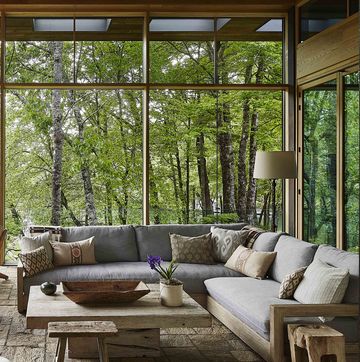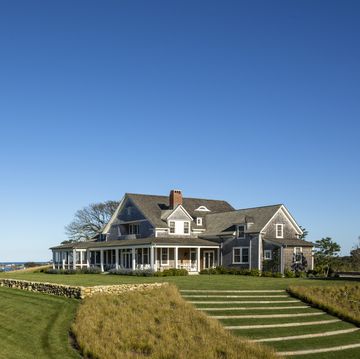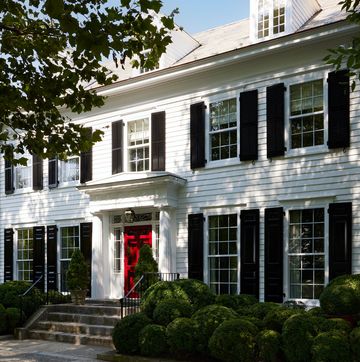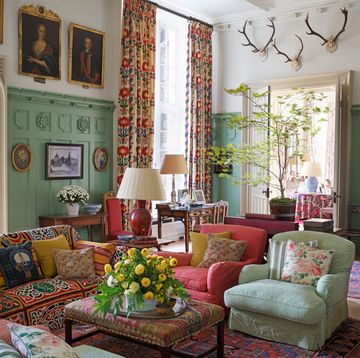New York City-based designer (and winner of HGTV’s Showhouse Showdown) Corey Damen Jenkins is known for his colorful and inventive twists on classic interiors. So it’s no surprise that, when handed the reins for a dining room design at the 2021 Kips Bay Decorator Show House Dallas, the author of Design Remix: A New Spin on Traditional Rooms gave it the full textiles-to-the-extreme treatment, using “about a million pounds of drapery” throughout the space: walls, ceiling, and more.
It’s an artsy approach with a big wow factor, thanks in large part to some incredibly beautiful fabrics from Sanderson, the British-based textiles company founded in 1860 and known for its iconic patterns. (Those saturated shades and the interplay of bold designs pack a visual punch, making every little bit of square footage feel like something truly special.) And just as Jenkins pushed the envelope with aesthetics, he also challenged the notion of function for a room that, in many households, is often reserved for special occasions. In addition to impressing guests, he believes, a dining room is prime real estate that deserves way more of a family’s presence—and he made sure to apply that logic here.
Get the Look! Check out the dining room's exceptional fabrics from Sanderson.
“I designed this as a New Millennium dining room,” Jenkins says of the space. “It’s dramatic but not overly precious because dining rooms have taken on a big new role in the pandemic. They can be a place for conducting business, schooling your children, even online dating! It’s amazing how, by necessity, a dining room can become a multifunctional space beyond eating.” Ultimately, he adds, “I wanted to celebrate what it can do.”
And celebrate he did. Instead of painting the walls, Jenkins swathed all four surfaces in a luxurious floral fabric (Chelsea in Forest/Indigo by Sanderson). “There are some chintz factors playing into the effect there,” he notes.
Next, to draw the eye up, Jenkins adorned the entire ceiling with fashion runway–inspired pleating (Deflect fabric in Sapphire by Harlequin) and hung a chandelier to cast a romantic glow. “The material has a gorgeous silk finish,” he says, and the overall effect is breathtaking. “It’s a Cirque du Soleil moment, but in an elegant fantasy kind of way.”
To give the room’s seating a sumptuous feel, Jenkins doubled up on fabric picks. He reupholstered the painted antique Louis XVI chairs with a solid velvet (Birodo in Mimosa by Zoffany) and embellished the backs with a sophisticated stripe print (Saxon in Yellow/Indigo by Sanderson) “to play with everyone’s eyes.”
Mixing materials is what keeps a room from veering too fussy, Jenkins says, which is why it's a practice he follows in many of his projects. “It’s fun to use different types of fabrics like silk, linen, and velvet because they all capture the light in different ways,” he says. “There’s nothing wrong with a shabby-chic cotton, but a little sheen goes a long way in keeping a room from feeling one-dimensional.”
Pattern-mixing is another Jenkins signature, and to pull that off in a polished-looking way, the designer always makes sure “there’s not too much of one thing.” In this dining room, that meant a strategic combo of floral, stripe, and solid fabrics. “The floral is larger-scale so I paired it with a stripe that’s tighter and more linear," he explains. “Then I built in breaks with the solid velvet on the chairs and cerulean fabric on the ceiling.”
Color and pattern weren’t the only elements that Jenkins played around with in this space; he also got innovative with the layout and furniture, starting with two smaller, 42-inch dining tables—beautiful, sculptural-looking ones, made of Cambria quartz—in lieu of the usual single long table. The reason?
“Have you ever been to a dinner party where one person dominates the whole conversation? Or you’re at the end of the table and forced to have a conversation with one person you don’t really know because everyone else is at the other end?” Jenkins asks. “With this two-table setup, you could have a husband and wife, or two partners, hosting two different conversations, which is so much cozier and more intimate. And if you want to use the dining room for work or school too, you can have one table covered in papers and you won’t even have to clear it off—just use the other one for serving food.”
Made from scratch for the space, the tables each include an electrical outlet, which allowed Jenkins to add brass lamps for eye-level ambient light. They’re also set off by a custom-designed wood “statement floor” made of oversize 48-inch stained parquet tiles in contrasting tones. (With textiles practically everywhere else, this feature made more sense than the typical dining-area rug.)
Even the pairings of other objects in this dining room—an antique secretary desk and credenza alongside contemporary framed art, for example—have an unexpected, out-of-the-box feel. “The idea isn’t for things to all match. It’s for things to all flow,” he says. “Design is about being eclectically exuberant.”

